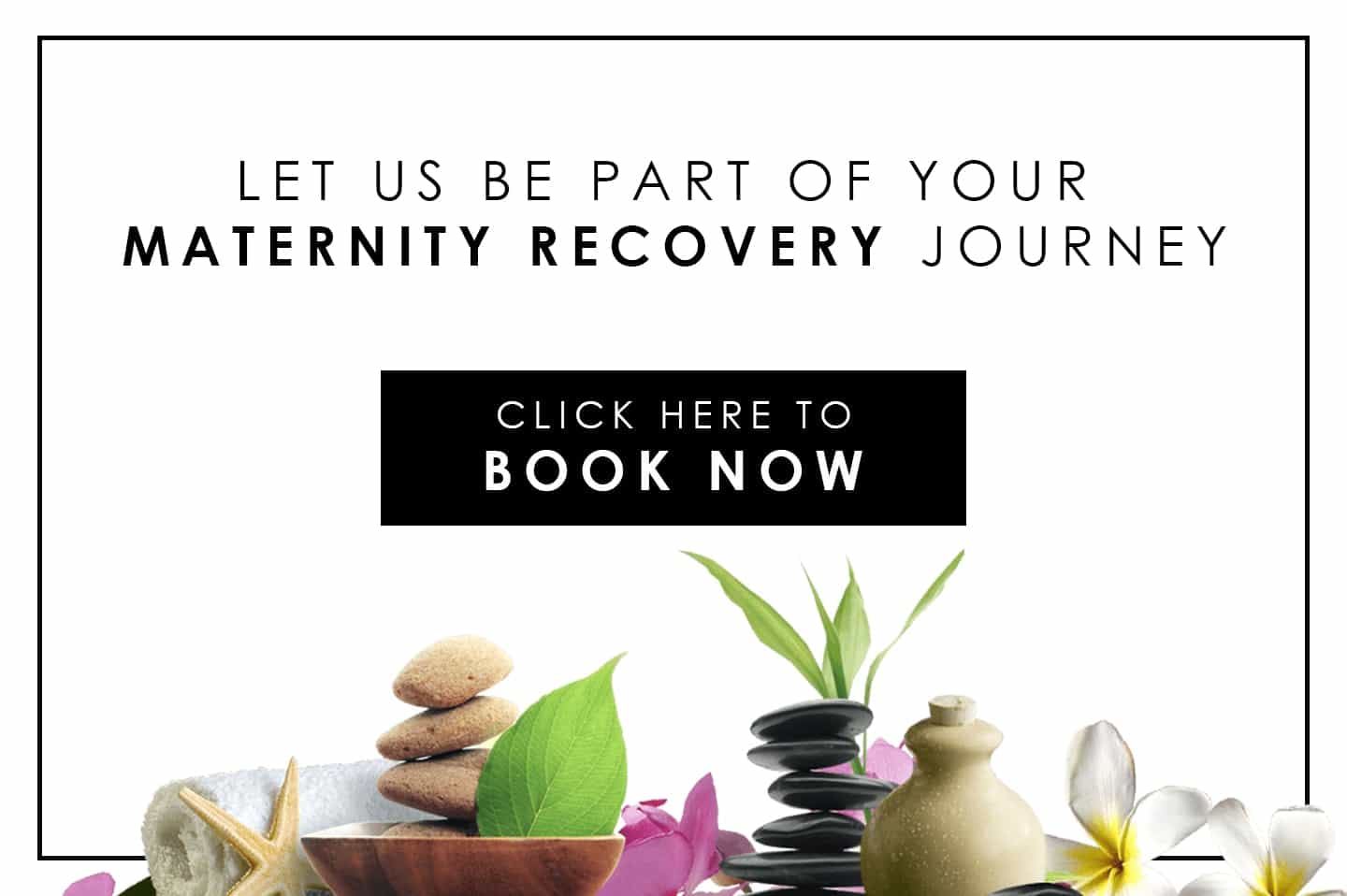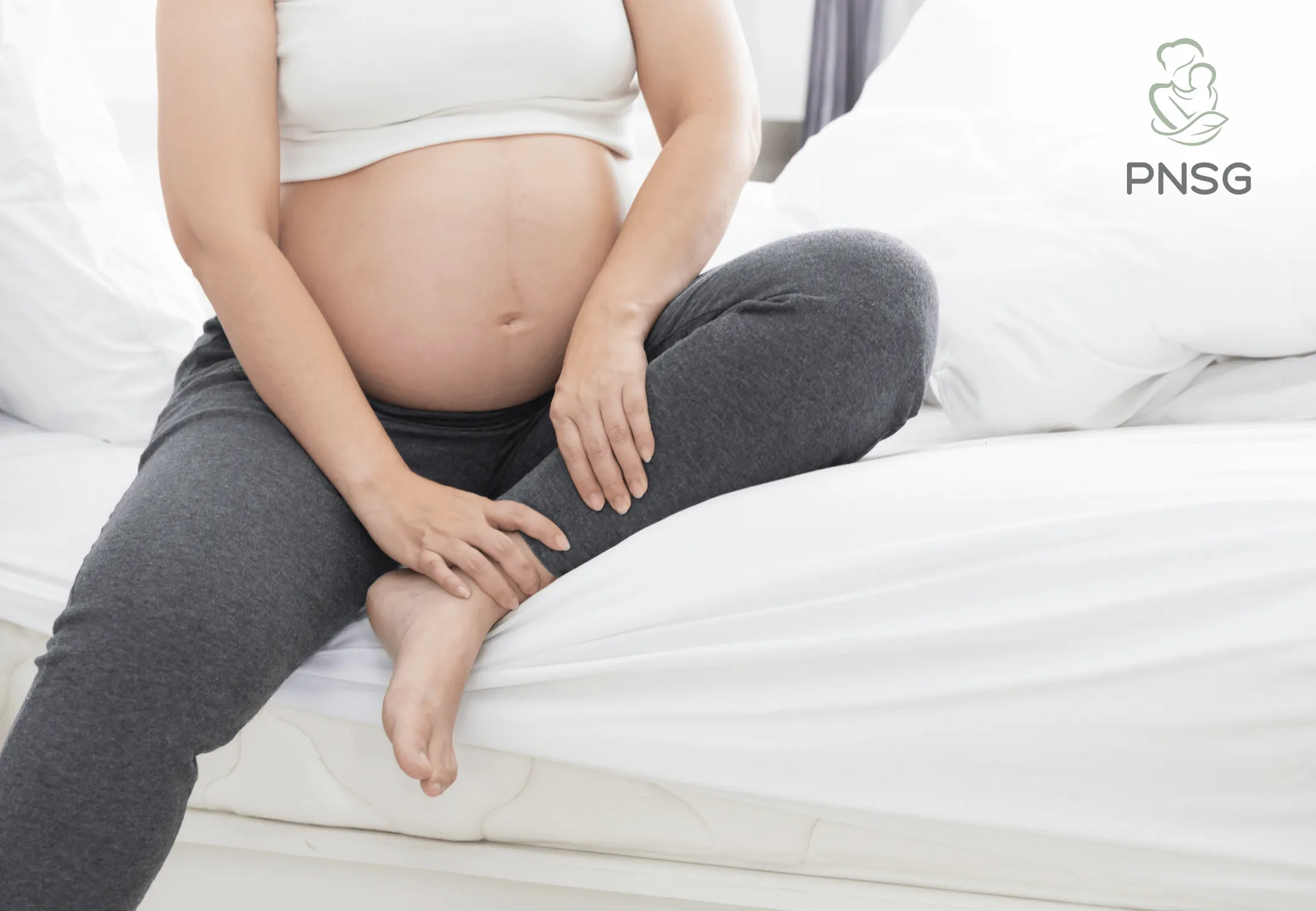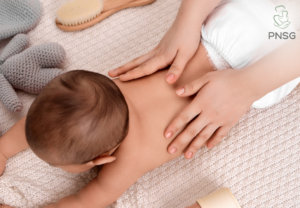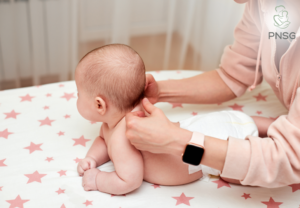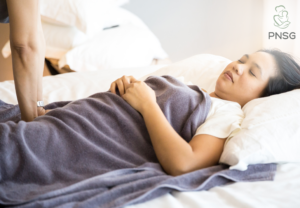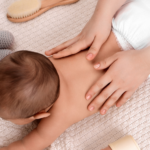7 Gambas Crescent, #09-09, Ark@Gambas, Singapore 757087 ♦ Reservation : +65 6417 9690
Water Retention During & After Pregnancy
How fantastic! How very exciting! How crazy it is that you’re growing another person inside of you! And then you realise that it is not all just about the radiant pregnancy glow, but about the morning sickness. That it is not about the cute little idiosyncrasies that develop during pregnancy, but about the hormonal changes. And, last but not least, that it is about water retention.
Water retention is a very common occurrence in the body for a pregnant mother where she experiences swollen parts of the body like the legs, fingers, and face. This is called ‘swelling’ or ‘edema’ which happens when the body retains extra water. While it is not dangerous (although it can be if it happens too rapidly), it is definitely not a walk in the park as it can cause discomfort even for the most basic daily movements like walking or sitting down.
So when does water retention begin for a pregnant mom, what causes it, and how does it develop throughout pregnancy and afterwards? Let’s dive into the specifics of it.
During Pregnancy
A pregnant lady’s body can produce up to 50% extra body fluids and blood during this period as a form of support for the baby. This also happens to soften up and expand the body to aid and ease the process of birthing. It is a delicate process that starts from the first trimester where you might feel just the occasional puffiness and bloating, but nothing too bad. As you progress to your second trimester from week 13, you might start noticing more obvious signs of swelling especially in your fingers and feet.
And as you enter your third and final trimester and approach week 40, you might have never seen your feet look so magnificently plump. By this time, in addition to the excess supply of body fluids, your uterus is adding on fuel to the fire by slowing blood flow to and from the legs and heart as it is on the heavier side as compared to the initial stage of pregnancy, hence, the first-rate swelling.
But it is not just the internal processes of pregnancy that cause water retention or swelling. External factors do come into play as well. Among them that promote swelling are:-
– Too much sodium intake
– Insufficient water intake
– Imbalance diet
– Hot weather
– Too much caffeine intake
– Standing for extended periods
– Wearing tight socks or shoes
You May Also Read this : Where NOT to Massage during pregnancy?
After Pregnancy
Now that you’re an individual person again, all is well, right? Well, almost. Water retention can still occur after pregnancy. In this case, it is called postpartum swelling or postpartum edema, and you might notice it on your face, ankles, feet, and legs, which are similar areas to that of during pregnancy. This happens when the water retained during pregnancy remains in the body after childbirth.
But not to worry. The water weight will gradually leave the body, released through sweat and urine. It can take from days to weeks, but the swelling will eventually subside.
Relief for Water Retention or Swelling
The discomfort that comes with water retention can be overbearing that it disrupts rest, day-to-day activities, and sleep. You need not just live with the tenderness when you can provide some relief to it. One good way is by massaging those cankles and doing some foot exercises.
- Massage: Start by getting yourself into position by getting comfortable and loosening your ankles by moving them side to side. Lubricate your foot with a massage oil or lotion for a smoother process and feeling. Hold your foot and stroke it upwards gently. Get between the toes too as you massage them. Next, move on to the heels and finally, the sole. Do take note to avoid the hollows of your feet and around the pinky toes.
- Foot exercise: Simply bend and stretch out your foot in upwards and downwards movements roughly 30 times. Then, rotate each foot in circular movements eight times both ways, each. This can be done sitting or standing.
Although you can’t prevent water retention, you do not need to wait for it to happen before you take any action. There are other things you can try out to reduce the swelling or control the severity, and they are:-
– Resting with elevated feet and not crossing legs when sitting
– Taking frequent breaks and not standing for too long
– Drinking plenty of water which helps to flush out fluids
– Exercising regularly (even as simple as going for walks is great)
– Taking more potassium-rich food like bananas, avocados, spinach, and sweet potatoes
– Wearing loose or comfortable clothing around the ankles or wrists, or the best, leaving those areas free of clothing altogether
– Avoiding tight socks and shoes
– Wearing compression stockings
– Reducing or avoiding caffeine intake
These things are very simple to do. If you have a hard time remembering or following them, get your partner to be on the journey with you or simply pen it on a piece of paper or on your phone as a reminder.
Extreme Swelling
On occasion, some mothers may experience their feet ballooning up at an alarming rate starting from the second trimester. Swollen feet might not bode well for a pregnant woman as it is one of the signs of preeclampsia, a pregnancy complication that comes with the conditions of high blood pressure and the presence of protein in urine. It is a sign of potential health risks to both mother and baby, and in severe cases, it can lead to an untimely death.
Thus, it is very crucial for a pregnant mother to be alert. It is best to see a doctor should you experience the following:-
– Dizziness
– Sudden swelling, or swelling that rapidly becomes worse
– Difficulty breathing or chest pain
– Sudden weight gain
– Vision problems (blurring vision or flashing lights)
– Severe headache
– Pain in the lower back, below the ribs, or shoulders
You might notice that the symptoms of preeclampsia are similar to those that go with the pregnancy journey, so it can be confusing in knowing how to differentiate and know if you are experiencing something unfavourable or just normal pregnancy stuff. Regardless, it doesn’t hurt paying your gynaecologist a visit to put your mind and body at ease.


